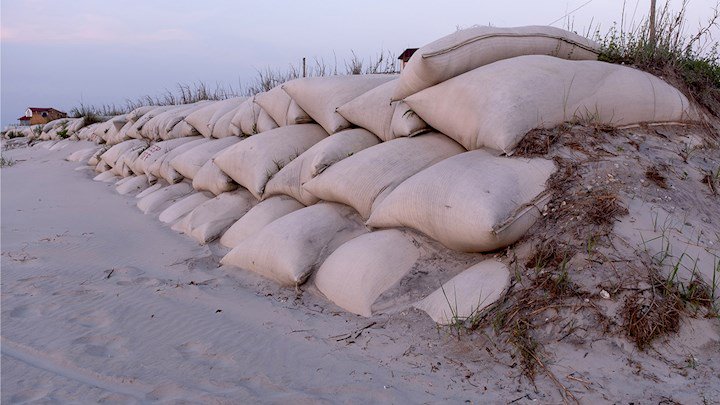In an era of extreme weather, wildfires are an extreme problem.
One major effort to combat wildfire risk is the Sustainable Insurance Strategy, which California Insurance Commissioner Ricardo Lara released in 2023 to help restore coverage options for Californians, while allowing insurance carriers to adopt forward-looking, scientifically based risk modeling that can predict the likelihood of catastrophic events to assist in the state's rate making.
Previously, insurers relied on 20 years of historical losses to determine rates, a method that's no longer effective, given the frequency and severity of wildfires and the influx of people moving into wildfire-prone areas. Discussions are also underway to factor in the net cost of reinsurance as a business expense when setting rates.
Individual and Community-Level Risk Mitigation
In 2018, the Camp Fire decimated over 90% of Paradise, California, underscoring the critical need for effective wildfire mitigation strategies.
Homeowner risk-mitigation measures include:
- Creating a five-foot buffer around the home
- Preparing the home with a class A fire-rated roof, metal gutters and an ember-resistant vent
- Routinely clearing tree debris
- Replacing combustible furniture
- Moving firewood and propane tanks at least 30 feet from the home
CoreLogic also stresses the importance of community-level risk mitigation, which involves leveraging Wildfire Informed Development Patterns (WIDP). This mitigation includes focusing on rebuilding in areas with lower wildfire risk, being intentional with land-use planning (for example, using well-maintained internal buffers such as parks) within urban areas and implementing external buffers on town borders.
These efforts can reduce average expected losses by up to 15% per property. External buffers reduce aggregate expected losses by 35%.
Keep the Lines of Communication Open with Clients
As always, keep your wildfire-prone clients informed about changing insurance market conditions, including any changes in wildfire risk assessments, insurance availability, premium trends and new regulations affecting coverage and rates in high-risk areas. Discuss wildfire mitigation programs and initiatives that can help them protect their property and potentially qualify for better rates or remain eligible for coverage.
How to Move Forward, Protected
Addressing the insurance void created by the increasing frequency and severity of wildfires is crucial for protecting homeowners and communities in high-risk areas. The current insurance crisis in states such as California highlights the need for innovative strategies and forward-looking risk models to ensure coverage remains available and affordable. Individual and community-level risk mitigation measures are essential in reducing potential losses, enhancing resilience and safeguarding the future of vulnerable communities.




